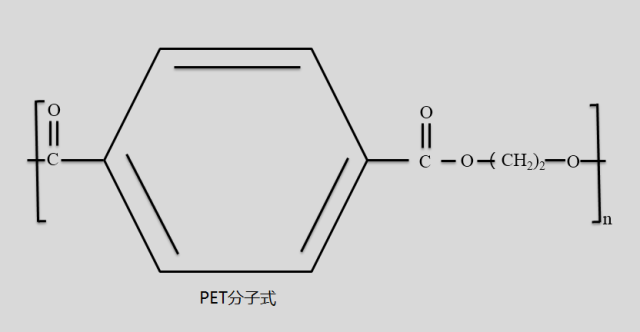1, PET filling modification
Filling modification is one of the most direct and effective ways to improve the properties of materials by using inorganic components that are completely different from polymer matrix properties.
2. PET modified by nanoparticles
At present, the research of PET composites modified by nanoparticles has been very mature. Ke et al. modified PET with layered clay and obtained PET/clay nanocomposites by intercalation polymerization. The results show that when the clay content is 5wt %, the thermal deformation temperature of the composite is about 20℃~50℃ higher than that of pure PET. The modulus of the composite material is about 2 times higher than that of PET.
3, glass fiber modified PET
Compared with nanoparticles, micron glass fiber (GF) has outstanding advantages in cost and control, so it is widely used for filling modified polymer materials.
4, PET blending modification
Two or more polymers, including PET, are fused to form polymer alloys or blends with new properties according to appropriate proportions under certain conditions such as temperature and shear stress. Compatibility between polymers is the key to the preparation of this polymer.
5, polyolefin modified PET
PET and PE have obvious differences in chemical structure and are not compatible. Based on the study of simple binary blending of the two polymers, it is found that the compatibility of the two polymers must be improved by means of compatibilization in order to improve the impact properties of PET. In the HDPE and PET blending system, the impact strength of EVA and EAA system is increased.
PET and PP blend, the formed alloy has the advantages of both, so that the performance has been improved, for example, PET can improve the heat resistance of PP, PP can reduce the sensitivity of PET to water. When PET and PP are blended without compatibents, the interface of the two phases is weak and the mechanical properties are poor.
PET/PS is an incompatible system, and compatibilizers must be added to achieve the purpose of blending compatibility. It was found that the copolymer of styrene and glycidyl acrylate P(S-GMA) was added into the PET/PS blend system as a reactive compatibilizer, and the PET/PS/P(S-GMA) blend system with good interface bonding was obtained, and the mechanical properties were improved.
6, polyester modified PET
PBT is a new type of engineering plastic rapidly developed in the 1970s of the last century, its mechanical properties are better than PET, but also has good toughness, can be molded, but its heat resistance and fluidity are not good PET, and the price is higher. According to Teijin, adding 0.5% talc powder as a nucleating agent to the blend of the two, the resulting blend has good impact resistance and low shrinkage.
PC has good mechanical properties, good toughness and high glass transition temperature, but its fluidity and aging resistance are poor. PET and PC blend can improve impact strength. Blends of the two have been industrialized in foreign countries and have a wide range of applications in auto parts.
7, elastomer toughened PET
ABS is one of the most widely used polymers at present, it not only has good toughness, but also has better comprehensive performance than HIPS. The impact strength of PET can be improved by blending PET with ABS.
It was found that the relative molecular weight of PET in the blend was very sensitive to the processing temperature, and the hydrolysis of PET chain was related to heat and residual catalyst impurities in ABS. The reduction of the relative molecular mass of PET results in a large loss of impact properties and ultimate elongation, with no effect on modulus and bending strength.
YIHOO POLYMER is a global supplier of additives for the modification of plastics and coatings, including UV absorbers, antioxidants, light stabilizers and flame retardants, which have been widely used by customers in Europe, the United States and the Asia-Pacific region.
Enquiries are welcome at any time: yihoo@yihoopolymer.com
Post time: Aug-21-2023
